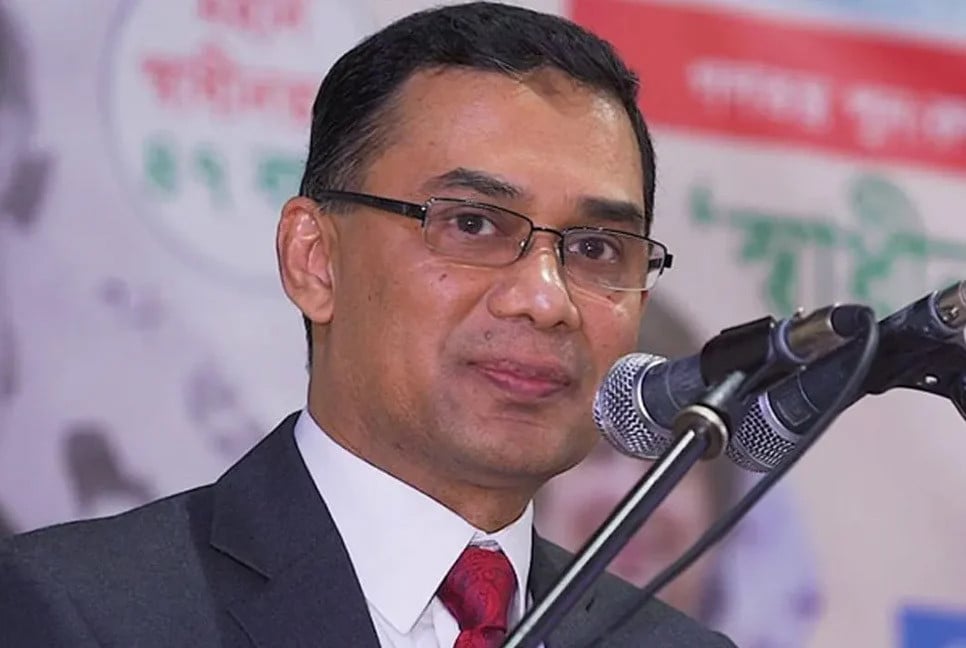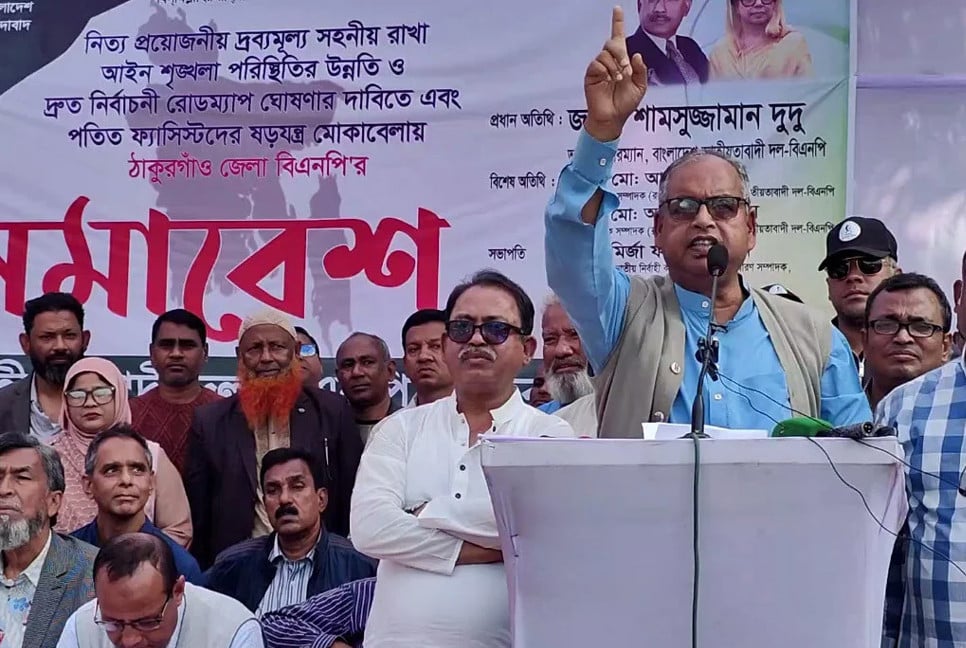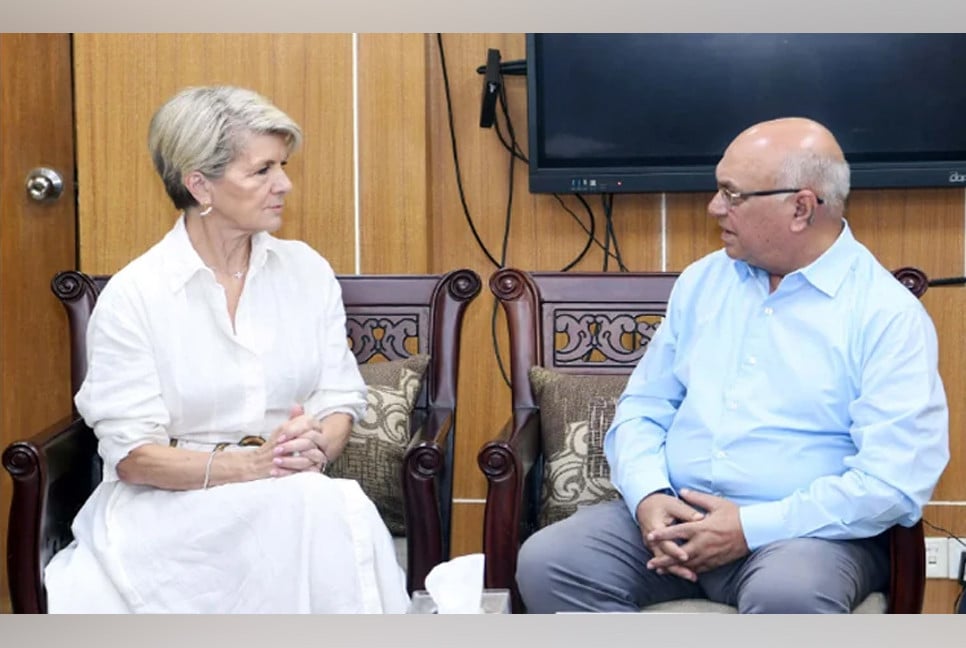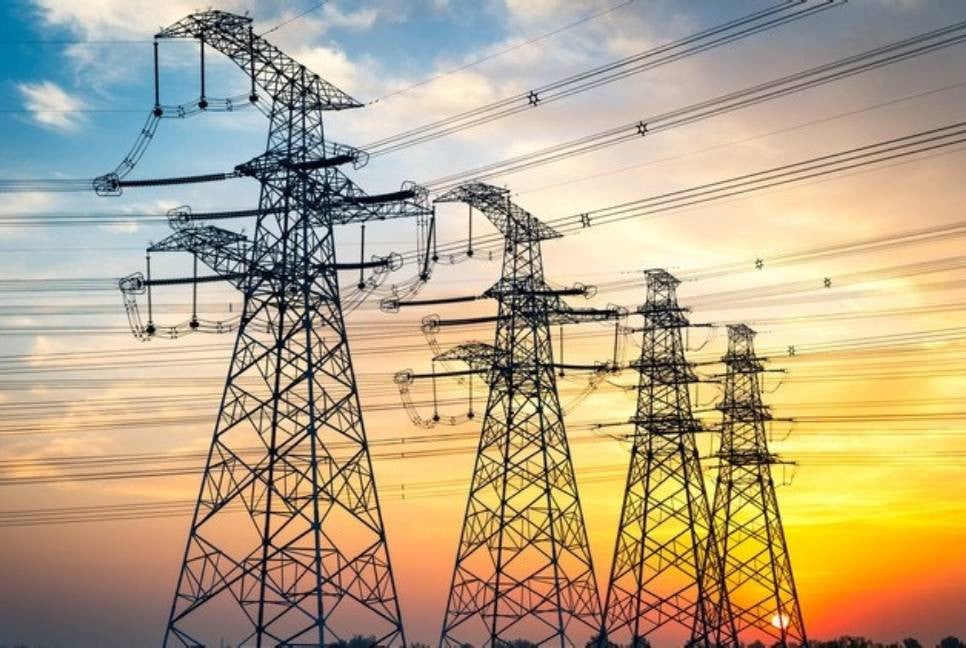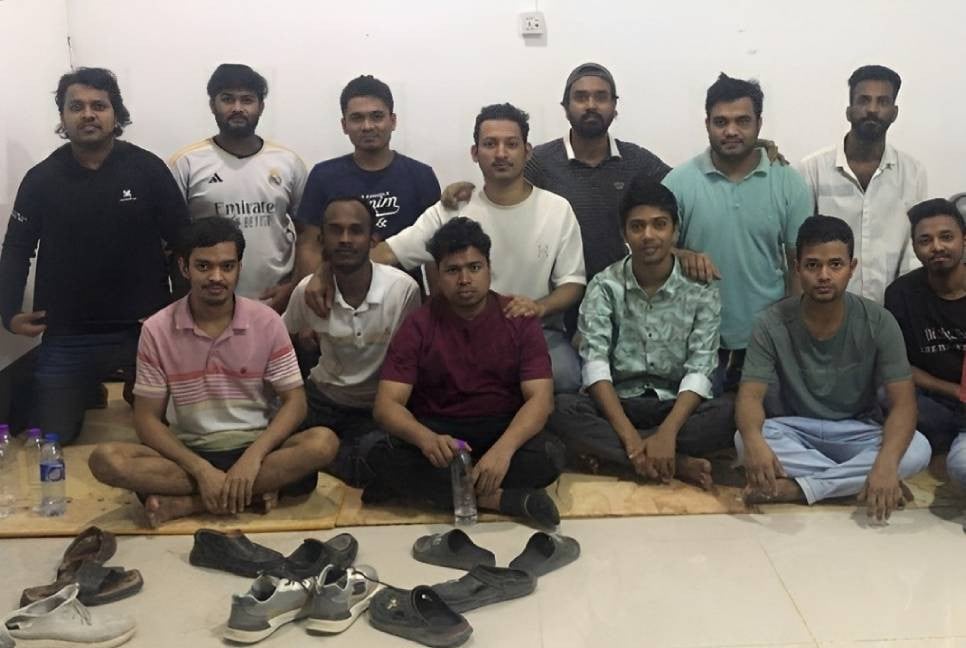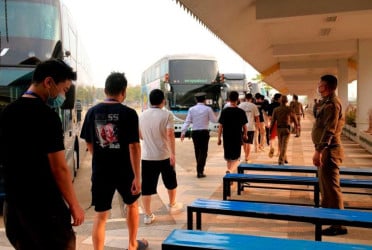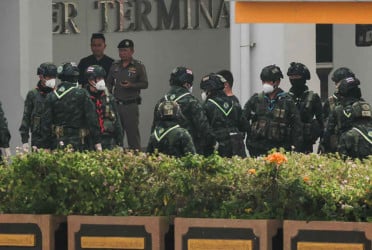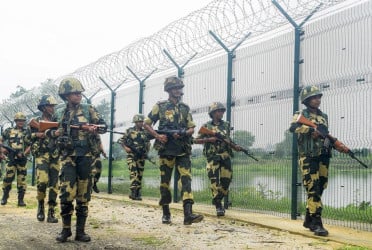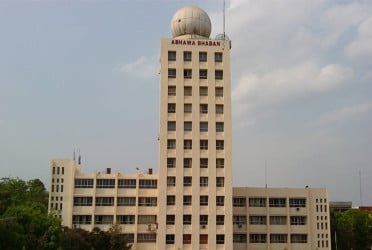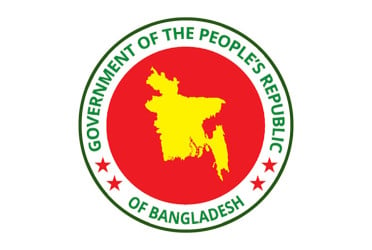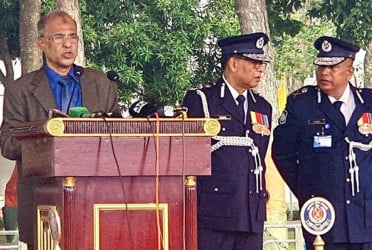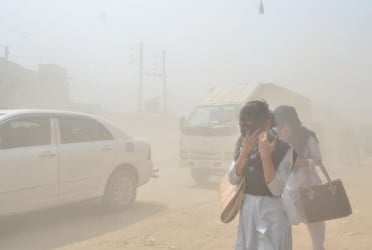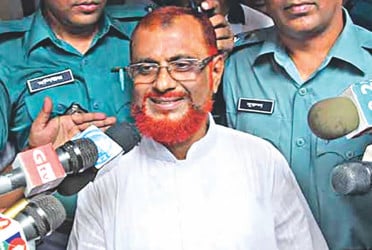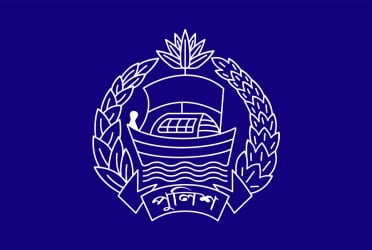Lighting strike causes death to many people in the country in recent times. In August this year, a total of 228 people died due to fall in a victim of lightning strikes, according to the study of Save the Society and Thunderstorm Awareness Forum.
The meteorological experts said, Bangladesh is one of those countries that are prone to high thunderbolt risks. The death counts are also rising gradually.
According to study, on an average four people dies in lightning strike per week in the country. The experts thinks the increasing amount of lead in the air, hot temperature, excess use of mobile phones and its radiation, increasing number of mobile phone network tower in the villages, reduction of the number of tall trees and filling of the water-bodies are some reasons that have increased the intensity of lighting strike.
According to the information of Directorate of Disaster Management, a total of 2,164 people died in lightning strike from 2011 to 2020. Study of Foundation for Disaster Forum said, from 2010 to 2021, a total of 273 people died in the same incident. The intensity of dying in lighting strike is seen rapidly in the haor area of Netrokona, Sunamganj, Kishoreganj, Gaibandha, Sirajganj and Sylhet, along with northern and north-western parts of the country.
According to the researchers, the incidents of death are occurring regularly due to the lack of lightning-protection rod and scarcity of tall trees. As the village farmers, in general, collect the crops from the fileds during April to May, so they fall in a victim of lightning every now and then.
They also said, climate change and worldwide temperature rising are one of the reasons for the intensity of lightning strike. According to their study, the average temperature of Rangpur district of northern part of the country had risen by 1.2 degree celsius from 1984 to 2013. Hence, the occurrence of lighting strike has also risen in the district.
Climate Specialists and Professor of Water and Flood Management Institute of Bangladesh University of Engineering and Technology (BUET) Dr AKM Saiful Islam told The Bangladesh Pratidin, as the people engaged in agriculture and fishing works in open places, they are much more prone to lightning strike. To reduce the extent of loss, proper awareness building programme should be taken from the beginning of April. Shelter can be built in the haor areas to protect the people from lightning. In addition, as the common people don’t know much about the treatment of lightning strike-victim, so it’s high time we worked on this issue.
The experts on this issue also said, as the thunderstorm lasts up to 30 to 45 minutes, people have to stay indoors during that time and have to keep distance from long trees, electricity pillars and mobile towers. Parents should keep their children away from playing outside during thunderstorm and each building have to set up lightning-protection rod.
Government’s initiatives: The government has declared lighting strike as a disaster and taken some projects to save people from it. Recently, the Directorate of Weather, with the help of NASA, has started using a technology named ‘High Impact Weather Assessment’ with a view to get prior information on lightning incidents. With this toolkit, advance information will be available on lightning prior to 54 hours of the incidents.
Besides, Directorate of Disaster Management informed that they had taken another project called ‘Haor Risk Management’ to reduce the extent of loss in lightning strike. Initially, this project will be implemented in Netrokona, Sunamganj, Habiganj and Bhairab by setting up some lightning-protection rod, which will be copied to Varendra areas later on.
@The article appeared on print and online versions of The Bangladesh Pratidin on September 11, 2022 and has been rewritten in English by Lutful Hoque.







